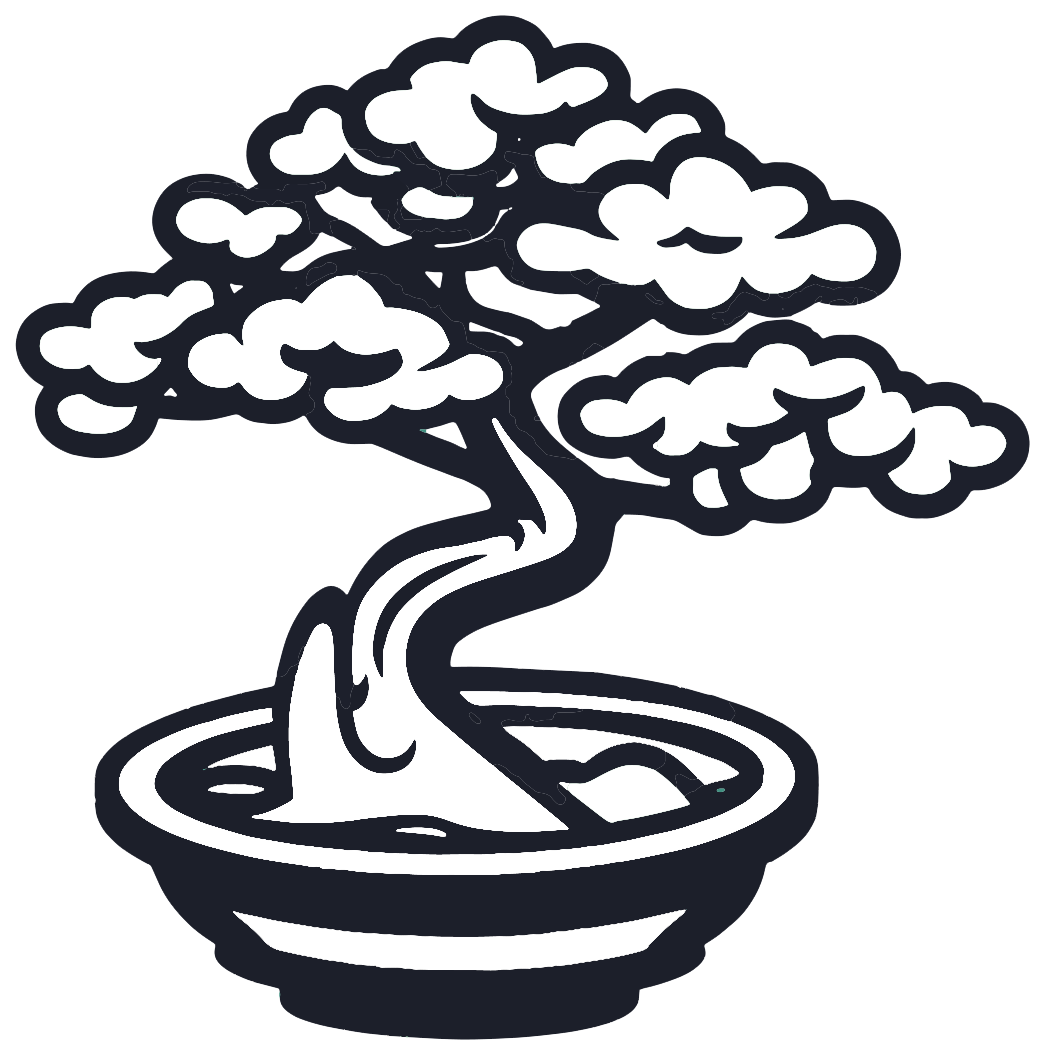When selecting and using bonsai pots, there are several rules and requirements to consider. These not only enhance the visual appeal of the bonsai but also ensure the health and well-being of the tree. Here are some key guidelines:
Bonsai Pot Proportions: Size Matters
The pot should be proportionate to the size of the tree. Generally, the pot’s depth should be roughly equal to the trunk’s diameter, and its length should be about two-thirds the height of the tree. However, variations can be made based on aesthetics and the tree species.
Drainage: Holey Water!
Drainage is Essential for bonsai health. Pots should have one or more drainage holes to allow excess water to escape, preventing root rot.
Materials: Pottery Lottery
Traditional bonsai pots are made of ceramic, but other materials like concrete, plastic, or mica can be used. The choice depends on your preference, budget, and the specific needs of the tree.Color:
Often, bonsai artists choose pots that complement or contrast with the colors of the tree. Neutral colors like earth tones are generally preferred as they don’t overshadow the tree.
Bonsai Pot Shape: Formal vs. Funky!
The shape of the pot should harmonize with the style and shape of the bonsai tree. For instance, rectangular pots are suitable for formal, upright styles, while oval or round pots suit informal styles.
Bonsai Pot Feet: Footloose Foundations
Typically, bonsai pots feature three to four feet, providing stability, balance, air circulation, water drainage, and elevation. These feet, often intricately designed, not only serve a functional purpose but also add an aesthetic touch to the overall presentation of the bonsai.
Type of Bonsai Tree: Pine vs. Fine-Lined!
Deciduous trees tend to be potted in pots with softer or rounded edges, while conifers and pines often go in pots with sharper, more angular designs. This distinction mirrors the natural forms and growth patterns of these trees. While deciduous trees often have sprawling branches that evoke a sense of flow, conifers display a more rigid and upright structure, and their pots reinforce these inherent characteristics.
Aesthetic Considerations: Crafty Contemplations!
In the art of bonsai, the pot is viewed as an integral part of the overall composition. It’s essential to choose a pot that complements and enhances the tree rather than detracting from it.
Climate Consideration: Cold? Pot-entially!
If you live in an area with freezing temperatures, consider the pot’s material and its resistance to cracking in the cold.
Pot-ential Explorations!
With your extensive background as a bonsai artist, diving into a world of diverse pot styles and designs could be incredibly enriching. Trying out varied pots not only gives insight into what complements each tree type but also offers a canvas to further express your unique artistic flair. This experimental phase might unveil combinations that resonate deeply with your artistic vision and the essence of each tree.






